REVIEW – How to celebrate the 35th anniversary of a saga as great as Zelda? Nintendo had a clear idea: rescuing one of its best games. The Legend of Zelda: Skyward Sword returns in a remastering that adapts the game to the Nintendo Switch both gameplay-wise and technically. In this review, I tell you what the result has been.
I have very fond memories of The Legend of Zelda: Skyward Sword. I think it’s a unique game for many reasons. It marked the end of one era and the beginning of a new one within the Zelda series. In a way, it put an end to some of the conventions of the franchise, while introducing some of the elements that we later saw in The Legend of Zelda: Breath of the Wild. For all these reasons, it is a very important game. And if that wasn’t enough, the game is at the base of the saga’s chronology, as it tells us the origin of the legend. Almost nothing.
No wonder Nintendo has decided to bring this title, originally released on Wii, back to Nintendo Switch. It’s been 10 years since then, and it’s obvious that a lot has changed. However, I’ve found that not only does it replay well enough, but first-time players will find it to be a great game. Although in the remastering task it doesn’t pass the pass mark, in everything else it introduces a set of (very welcome) new features that help to adapt the game to modern times.
So in the following lines, I’ll explain why it’s a game to be recommended both for those who already know it and for those who are completely new to it. A summary? Of course: it has some of the best dungeons and puzzles in the series, its final bosses are imaginative and it’s very story-driven. If you missed this in ZBOTW, you have even more reason to check out what Eiji Aonuma and his team did. A long, refreshing game with interesting mechanics, unique art and overall quality on par with Zelda, as it should be.
The best way to play Skyward Sword
You will have seen on more than one occasion that, after a while, it is difficult to remember how you spent a certain section of a video game or even a final boss. This has happened to me with Skyward Sword: the passage of time plays on your side. I’ve replayed it even enjoying it more than its original Wii release, which says very positive things. Of course, I remembered it for a longer time, and I think that the new features have helped me to live a more fluid experience. I am referring to the integration of autosaves (which prevent tricks), but also another set of features that have been incorporated into this remaster.
For example, texts can now be scrolled faster, intros can be skipped, and the game won’t nag at you with text boxes every time you pick up certain items. This fluidity also manifests itself with facts like you can skip the sword handling tutorial at the beginning of the game. Everything is more fluid. They may seem minor details, that sometimes it is hard to believe that they were not in the original, but there is always time to rectify. Undoubtedly, the improvements are appreciated, especially regarding the incorporation of a 360-degree free camera, which establishes an important change when observing the environment, especially regarding the dungeons to orient ourselves and find clues to move along.
More improvements? The frame rate has been optimised, and it’s very noticeable if you played it on Wii back in the day. The experience is completely stable, at a rate of 60 frames per second, with no drops of any kind. That’s to be expected, as there are no major visual overhauls. Sure, there’s a jump from the Wii’s 480p to the Nintendo Switch’s 1080p, which manifests itself in better-defined environments and characters. However, this isn’t accompanied by any retexturing work. Nor has any kind of filtering been added.
Skyward Sword’s art is understandably very special, but so was Wind Waker’s, and the HD version of the game did do a lot more work on this, including lighting changes. Even if the game looks good and is still beautiful (despite the years), there are parts of the game that needed more remastering. And if not, remember that Twilight Princess HD modified some of its textures to adapt to the new times. Although visually, as I say, it’s playable and in handheld mode it looks especially good, I have to say that Nintendo has fallen short.
The remaster part could be better
It is understood that the artistic section of The Legend of Zelda: Skyward Sword HD is very special, but so was that of Wind Waker, and in its HD version this facet was worked much more, with lighting changes included. Although the game looks good and is still beautiful (despite the years), some parts required more remaster work. And if not, remember that Twilight Princess HD modified some of its textures to adapt to the new times. Although visually, as I say, it lets you play and in portable mode, it looks especially good, I have to say that Nintendo has fallen short.
Last but not least, we have the introduction of the Joy-Con in The Legend of Zelda: Skyward Sword HD, which replace the use of the Wiimote that the original game did. You already know that this was a game that made intense use of the gyroscopic controls, and already in its original review, I told you that it was not perfect, since you had to adapt to the difficulties of this technology (even Miyamoto had a hard time in his presentation in an E3). So little has changed this aspect. The Joy-Con work reasonably well, but always considering that motion detection can play you on more than one occasion.
For that reason (and because I did not feel like playing with Joy-Con this time) I have welcomed the integration of the option of handling the sword with the sticks. It’s simple: if you want Link to swipe, all you have to do is quickly move the analogue in one direction. No more. It works reasonably well and is the control scheme that I have preferred during my gaming sessions. In desktop and portable mode it is also the alternative that I recommend, since the Joy-Con are good for a while, to see the potential of the idea, but they can be exhausting in the long run.
A Zelda that deserves to be revived
I have very fond memories of The Legend of Zelda: Skyward Sword HD and all of them have materialized when I replayed it on Nintendo Switch. If you want to know it in-depth, I cannot fail to recommend the analysis we did 10 years ago. However, let me tell you, with current experience and the inexorable passage of time, that it has aged quite well in terms of exploration, combat and mechanics in general. In addition, owning some of the best dungeons in the series is an important incentive to play it, especially if you missed them in Zelda: Breath of the Wild.
The Legend of Zelda: Skyward Sword also stood out for having a curious game structure, which did not raise little controversy. Altarea, home of Link and Zelda, was a region raised above the skies that gave access to various locations in the nether world through a system of portals. This fragmentation gave rise to wide environments, in which we had to fulfil some type of task before accessing the dungeon on duty and defeating the respective boss. This logic, with very significant alterations that I will not comment on so as not to ruin the experience, was what guided a Zelda built on a very traditional playable base, with the achievement of the classic gadgets that allowed us to move on.
Now, this Zelda introduced a series of very significant novelties. One of them is that Link could use the sword in tracking mode to locate certain key characters and objects, thus enhancing the exploration facet. Another very important is that more vertical gameplay was added, which would be the origin of the escalation of ZBOTW. Tests? The stamina indicator, which was released in this instalment and limited our ability to climb, run and perform certain attacks.
Familiar things
There are more things from The Legend of Zelda: Skyward Sword HD that remained in Breath of the Wild, such as the beacon system, which allowed us to highlight certain points on the map (so as not to get lost). Similarly, mechanics such as looting and crafting emerged, being able to collect certain materials that would serve us to manufacture and improve objects. All this makes this instalment doubly interesting since apart from assuming a great video game, it explains what we saw later in ZBOTW (and it may even advance us a bit of the future ZBOTW 2 ).
Finally, we cannot fail to mention the integration of a new control that coincided with the rise of gyroscopes in the video game world thanks to the Wii. This Zelda is probably one of the titles that best took advantage of this technology since it allowed to attack enemies from different angles, something that offered a very innovative combat experience. It was also used and continues to be used, to aim the slingshot and manipulate some puzzles. Although it does not work well 100% of the time, it is another of those elements that are worth experimenting with.
In total, there are about 35-40 hours of play to which you can add a few more if you stop to complete all the secondary activities that exist. You already know what a Zelda is like. There is no shortage of minigames, but neither are tasks such as finding someone lost or finding the key to the odd mystery. Altárea, which is the epicentre region of the gameplay, is also the place where most of these activities are hidden. However, in the lower lands, you will find quite a few things, such as the celestial cubes, which contain succulent rewards.
10 years later, how does it feel to play it?
After all the above, the answer is clear: phenomenal. Although its exploration involves using many portals to move from one point to another, Nintendo has incorporated enough QoL (Qualify of Life) improvements to make the experience smoother, to the point that I have enjoyed the game more on Nintendo Switch. then 10 years ago on Wii. The addition of the sticks as a form of control would also highlight it as one of the most relevant improvements. Its integration does not seem perfect to me, but personally, I did not imagine myself playing with gyroscopes again, so good news.
On the other hand, do not ignore the plot. The Legend of Zelda: Skyward Sword HD is the origin of the legend of Zelda, and as such tells us how the figure of the hero of Hyrule that we all know was created. All under adolescent characters, with a daring but at the same time interesting approach. I have to say that personally, his villains did not exactly enthuse me, although the game takes a turn in its final stretch (both playable and narrative) that makes it important that you play it until you see the credits.
Therefore, do not be suspicious. The Legend of Zelda: Skyward Sword HD goes from less to more. Without looking like the best Zelda, and without being at the top of my particular top, it is very relevant within the series, and that is why Nintendo has chosen it to celebrate its 35th anniversary. It has been done without too much dedication, I also tell you, or at least not taking into consideration such an important date. This HD remaster lacks ambition, especially technically, to have led to a celebration in style. Even so, it is a recommended game, as it continues to be the original on Wii, now with playable improvements and enough resolution to enjoy it today.
Lots of improvements, but graphically lacking
The Legend of Zelda: Skyward Sword HD for Nintendo Switch invites us to replay (or play for the first time) one of the most important games in the series, and do so with significant improvements. Especially in the gameplay area, with the possibility of controlling the movement of Link’s sword through the analogue sticks, as well as a series of small additions that make the experience more fluid. What’s technically not so good, is that the graphic remaster work is limited to raising the resolution. Still, it’s a highly recommended title that still feels good despite being 10 years old.
-Zardoz-
For :
+ Despite being 10 years old, it is still as enjoyable as the first day.
+ Strong narrative weight: explains the origin of the legend of Zelda.
+ It has some of the best dungeons and bosses in the entire series.
Against:
– Technically and graphically this remaster could have done a lot better.
– Rigorously similar game design, when there was so much to correct.
– The handling of the sword with the stick makes the overall ergonomics impractical…
Publisher: Nintendo
Developers: Nintendo
Genre: action-RPG-adventure
Release date: July 14, 2021
The Legend of Zelda: Skyward Sword HD
Gameplay - 8.6
Graphics - 6.8
Story - 8.5
Music/audio - 8.4
Ambiance - 8.2
8.1
EXCELLENT
The Legend of Zelda: Skyward Sword HD for Nintendo Switch invites us to replay (or play for the first time) one of the most important games in the series, and do so with significant improvements. Especially in the gameplay area, with the possibility of controlling the movement of Link's sword through the analogue sticks, as well as a series of small additions that make the experience more fluid. What's technically not so good, is that the graphic remaster work is limited to raising the resolution. Still, it's a highly recommended title that still feels good despite being 10 years old.

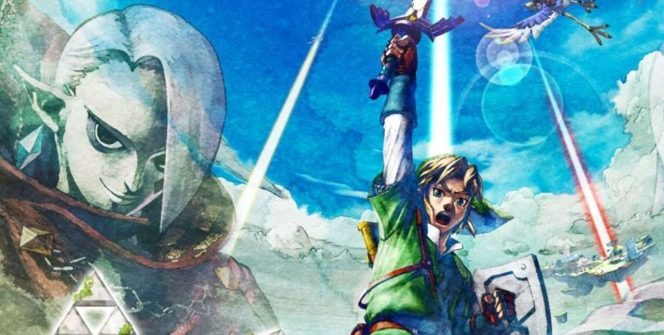
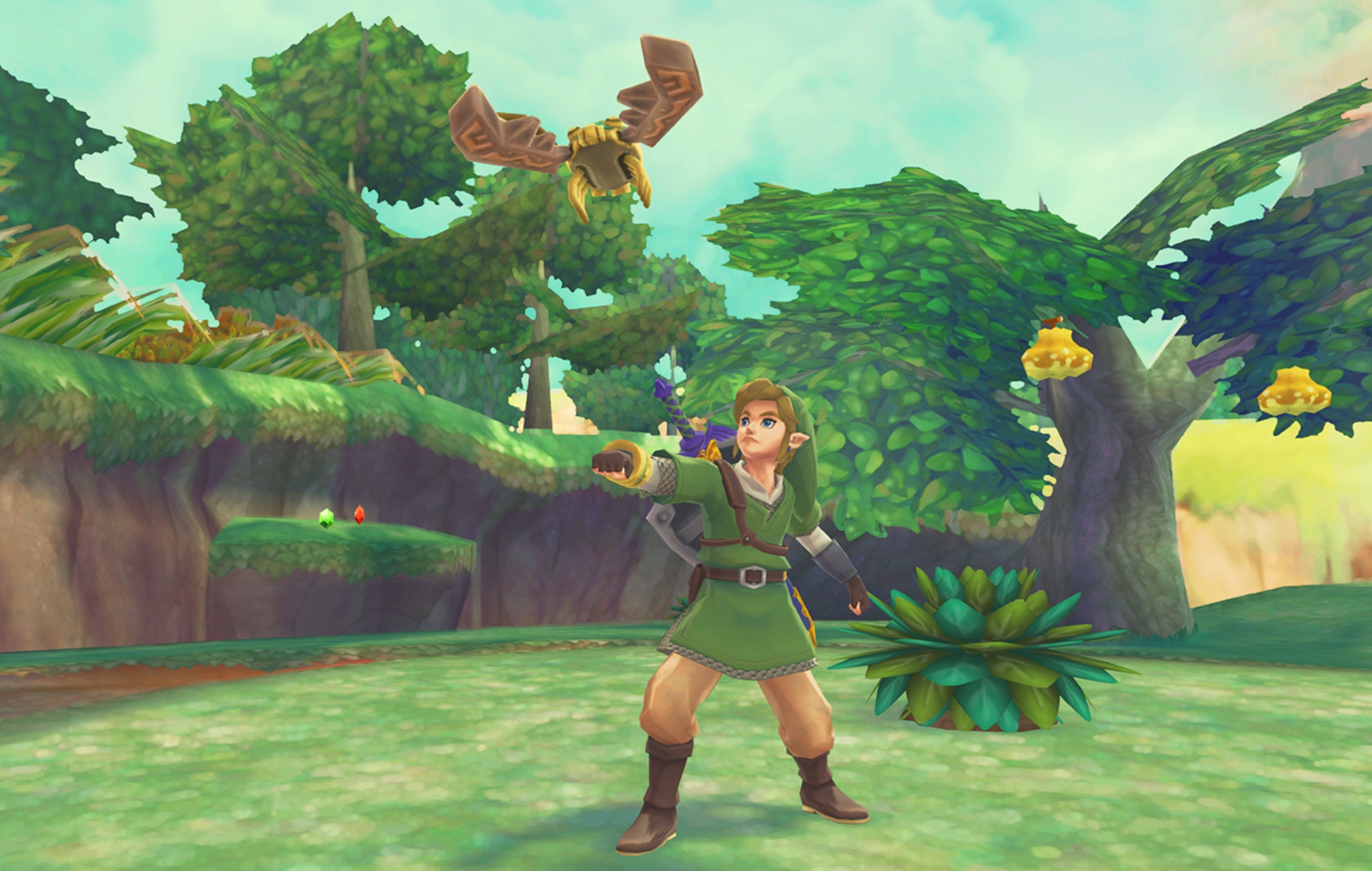
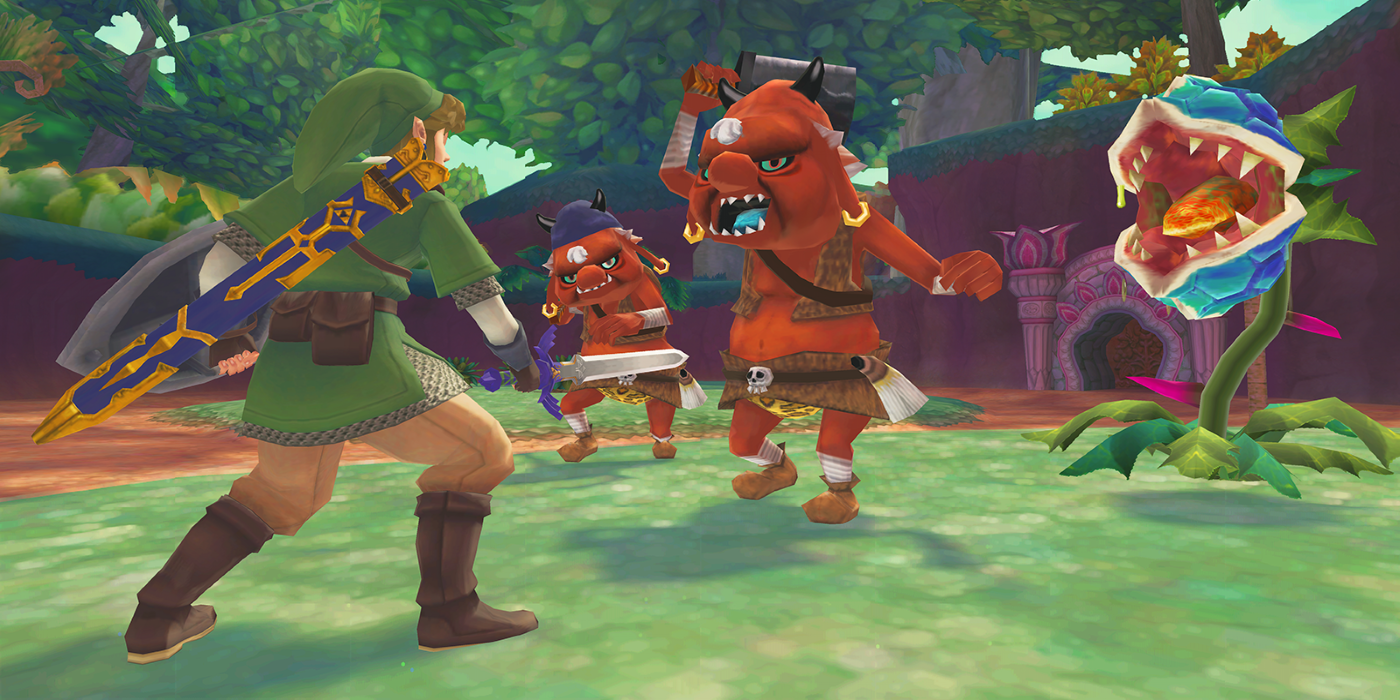
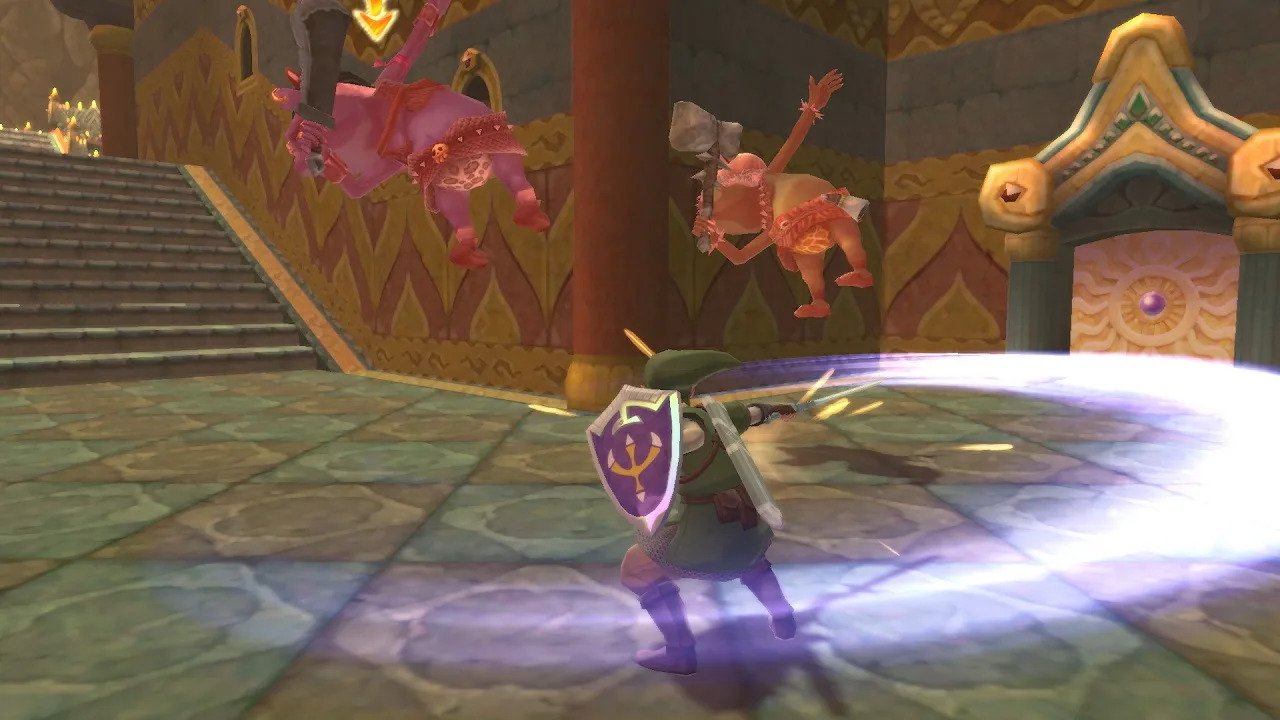
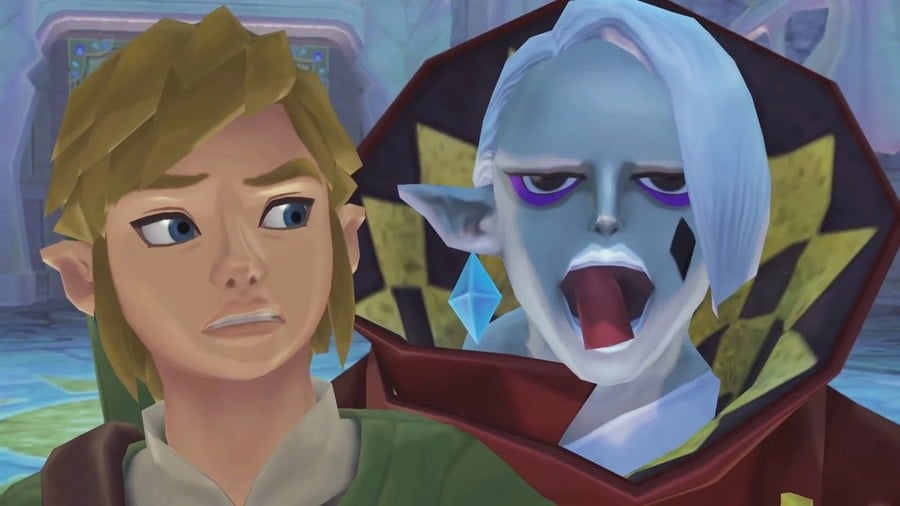



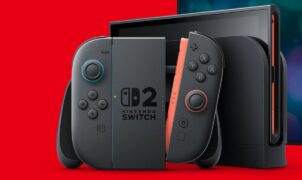
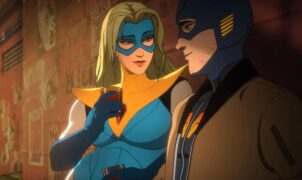



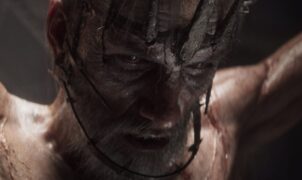

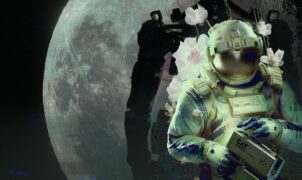



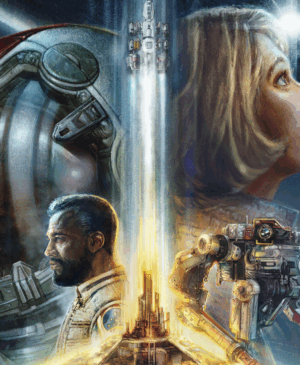
Leave a Reply